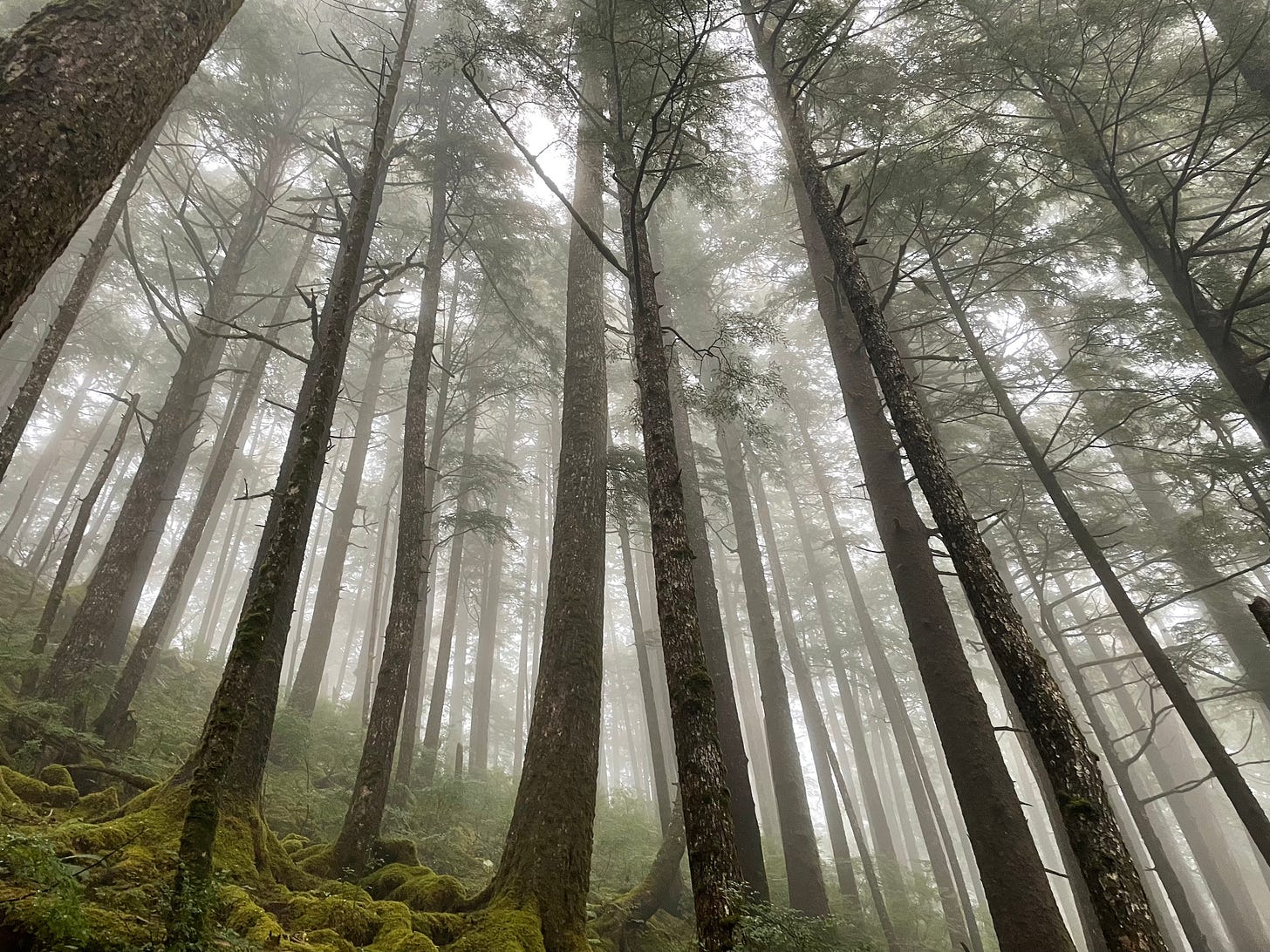Rule or no Rule, logging continues in Southeast Alaska
Past practices make protections even more important
Logging is destructive, but necessary. Historically it has been unnecessarily destructive, especially here in Southeast Alaska, one of the last stands of strong salmon and steelhead runs. More than a few times in the last twenty years I have been asked why, if there is a Roadless Rule in effect in Southeast Alaska, so many hillsides have been freshly cu…
Keep reading with a 7-day free trial
Subscribe to From the 49th to keep reading this post and get 7 days of free access to the full post archives.


